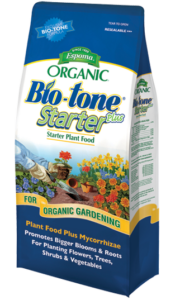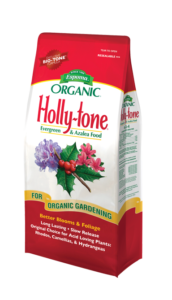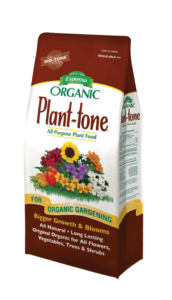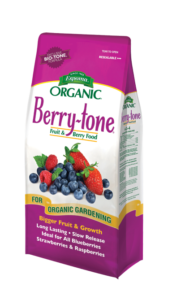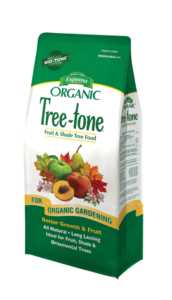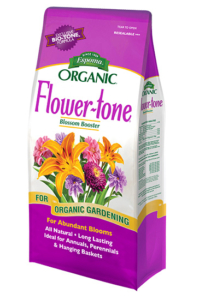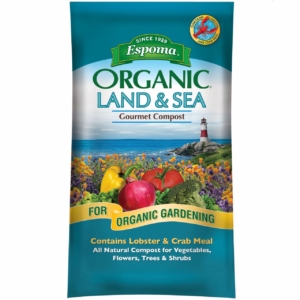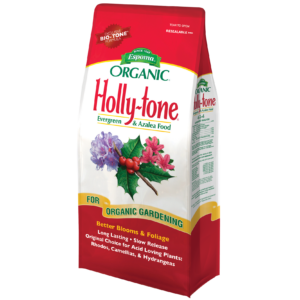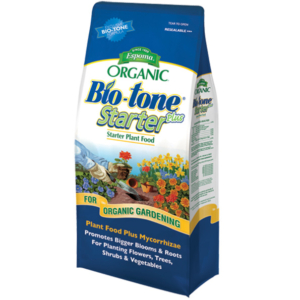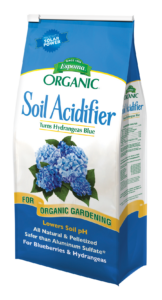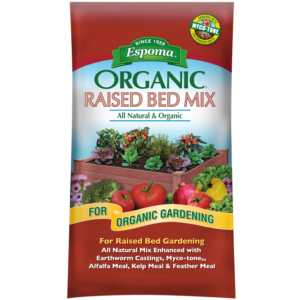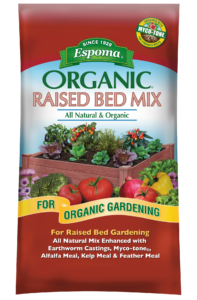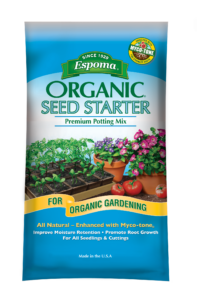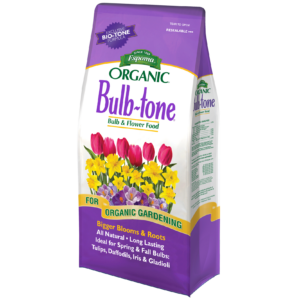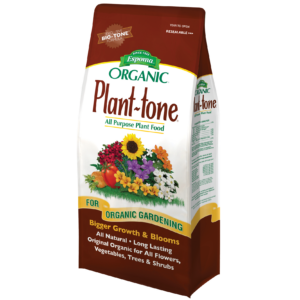VIDEO: Planting Shade Loving Perennials with Wyse Guide!
Join Kaleb Wyse from @WyseGuide as he shares top tips for planting shade-loving perennials. Learn how to tackle dry shade areas, prepare soil, and choose the right plants like Hostas and Japanese Forest Grass. Kaleb uses Espoma Organic Bio-tone Starter Plus to provide essential nutrients for blooming and growth. He also revitalizes outdoor containers using Espoma Organic Potting Soil and Plant-tone fertilizer.
Learn more about Wyse Guide here:
🌷 YouTube: www.youtube.com/@WyseGuide
🌷 Facebook: https://www.facebook.com/WyseGuide/
🌷 Instagram: https://www.instagram.com/WyseGuide/
🌷 Website: https://www.wyseguide.com/
Featured Products:


